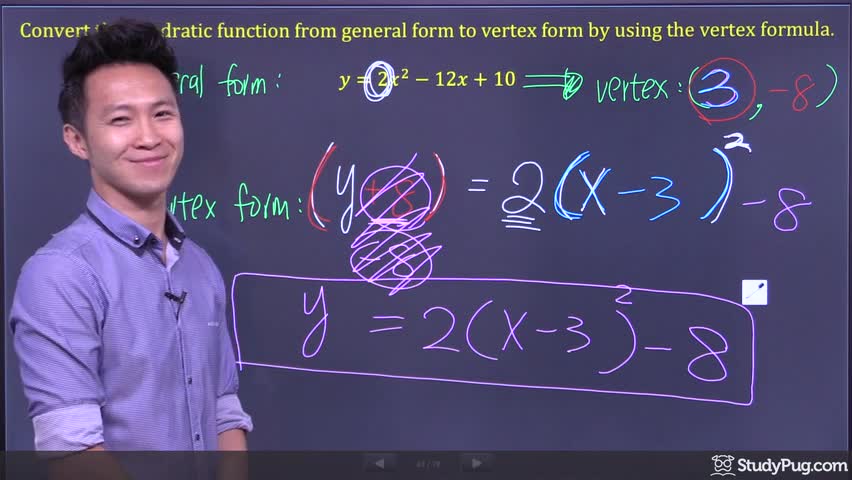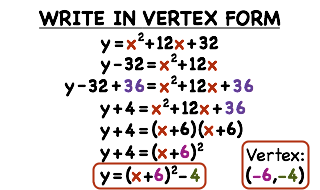Roads & PavementRoads & Pavement
Barefoot
Minimal
Low
Medium
High
Maximal
All around running shoes offer comfort and cushioning for daily runs, jogs, walks, and long mileage. They offer enough versatility for both faster and slower runs and are a great option for those who want one running shoe to do it all.
Fast run or uptempo running shoes are lightweight and responsive. They offer streamlined designs that have minimal uppers and offer a high level of energy return. These shoes are a great option for faster runs in the week or those looking for a livelier experience.
Max Cushion shoes offer premium cushioning with ample ground protection and a stable ride. These types of shoes provide abundant impact protection that softens landings while running at any pace or distance. These types of shoes are best for slower recovery runs and easy days where comfort takes priority.
Racing shoes are designed with optimal performance in mind. These types of shoes have snug-fitting uppers, energetic midsole foams, and features implemented for maximum efficiency. These types of shoes are best for runners looking to gain the ultimate advantage in races but may sacrifice some durability and comfort.
Gym Workout shoes offer a stable and versatile ride. They have a firmer underfoot feeling that provides stability for lateral movements with comfortable uppers. These types of shoes are best for trips to the gyms, cross training, casual wear, and light running. How to find the vertex of a quadratic function StudyPug
Road running shoes feature smooth outsoles that are designed for running on paved surfaces such as roads, sidewalks, and bike paths.
Designed to handle most trail runs, these shoes prioritize comfort and a smooth ride. These shoes are great for anything from smooth singletrack, park trails, and fireroads making them ideal for those who run from their doorstep on streets before hitting the trail.
These shoes are best used for hard, rugged trails such as shale, granite or sandstone where grip on smooth surfaces and underfoot protection are important.
Designed for use in muddy, soggy conditions, these shoes feature very aggressive outsoles that dig deep into soft ground for exceptional traction.
These shoes feature technical outsoles designed to grip snowy and icy trails making them ideal for winter trail running.
Cushioning level, or stack height, refers to how much shoe is between your foot and the ground. For this category, we reference the amount of cushioning below the forefoot as the heel height will be equal to or greater than the forefoot height.
Standard Form to Vertex Form Quadratic Equations
0-13mm. The Shoe generally does not have a midsole and feels like there is no cushioning. This shoe is all about feeling the ground underfoot.
14-18mm. The shoe has a thin midsole that allows for a natural running experience. Racing shoes and minimalist shoes are common here. These shoes offer a feeling of being connected to the road or trail.
19-23mm. The shoe has a slightly cushioned feel and may feature added cushioning technologies. Performance training shoes and some trail shoes are common here. These offer protection during footstrike but prioritize a lightweight, grounded experience.
24-28mm. These shoes have a stack height that fall near the middle of the spectrum.The shoes in this category are verstaile and great for all types of runs and distances.
29-34mm. The shoe has a thick midsole and ample cushioning. These shoes are highly protective and absorb more impact than the body.
35mm plus. The shoe has an extremely thick midsole and extra cushioning. The focus is on protection and soft foam underfoot with hardly any ground feel.
Neutral shoes support the foot through a normal range of arch collapse and generally do not have a built-in technology to correct movement.
Stability shoes are a great option for those who overpronate or need added support. These shoes help to limit the inward rolling motion of the ankle while running or walking and assist in guiding the foot straight through the gait cycle. How Do You Convert a Quadratic from Standard Form to Vertex Form
Product Details:
How to find the vertex of a quadratic function StudyPug sales, Converting Vertex to Standard Form Tutorial sales, Solved Convert the following to vertex form by using the Chegg sales, ANSWERED Convert the following quadratic function to vertex form sales, Solved 1. Convert each equation from factored form to vertex sales, Quadratic Equations Archives Mikes Calculators with Steps sales, Vertex form to standard calculator ratertpagold1974 s Ownd sales, Standard to Vertex form calculator Didactalia material educativo sales, Converting Vertex Form to Standard Form sales, I need to convert this quadratic equation into standard vertex sales, Shaun Carter on X sales, 5 3 Vertex Form of Quadratic Functions sales, Vertex Form Calculator sales, Convert standard to vertex form Math Algebra 2 ShowMe sales, Standard to Vertex form calculator Vertex to Standard form sales, Converting Vertex form to Factored Form Math ShowMe sales, A1 Converting Factored Form to Vertex Form sales, Convert Quadratic Functions from Standard Form to Vertex Form sales, Connecting Vertex Form to Factored Form Math sales, How to Change a Quadratic Equation from Standard Form to Vertex sales, Standard Form to Vertex Form Formula Examples FAQs sales, Vertex Form Calculator sales, Standard Form of a Quadratic Function Mikes Calculators with sales, How to Go From Standard or Factored Form to Vertex Form of a Quadratic Equation sales, form Archives Mikes Calculators with Steps sales, Vertex Formula What is Vertex Formula Examples sales, How to Graph Quadratic Equations in Vertex Form Without a Calculator sales, Standard Form to Vertex Form Formula Examples FAQs sales, Convert Quadratic Equations from Standard Form to Vertex Form and Vice Versa sales, What Is Vertex Form Example Get Education sales, Converting Vertex Form To Standard Form PPT sales, How Do You Write a Quadratic Equation in Vertex Form if You Have sales, Converting Standard to Vertex Form sales, Standard Form to Vertex Form YouTube sales, Vertex Form Calculator sales, How Do You Convert a Quadratic from Standard Form to Vertex Form sales, Changing a Quadratic Function into Vertex Form sales, Standard form to vertex form Math High School Math ShowMe sales, Converting Standard to Vertex Form and Graphing YouTube sales, How Do You Convert a Quadratic Equation from Vertex Form to sales, Standard Form to Vertex Form Formula Examples FAQs sales, Converting Between Standard Form and Vertex Form PQ Video sales, Vertex Form Calculator Convert Standard Form to Vertex sales, Standard Form to Vertex Form Formula Examples FAQs sales, Converting Vertex Form to Standard Form Math Algebra Quadratic sales, Standard Form to Vertex Form Formula Examples FAQs sales, How to Convert Quadratic Equations from General to Vertex Form sales, STANDARD to VERTEX FORM Calculator sales, How Do You Convert a Quadratic from Standard Form to Vertex Form sales, Standard Form to Vertex Form Quadratic Equations sales, Product Info:
Vertex form converter sales.
- Increased inherent stability
- Smooth transitions
- All day comfort
Model Number: SKU#7353148





